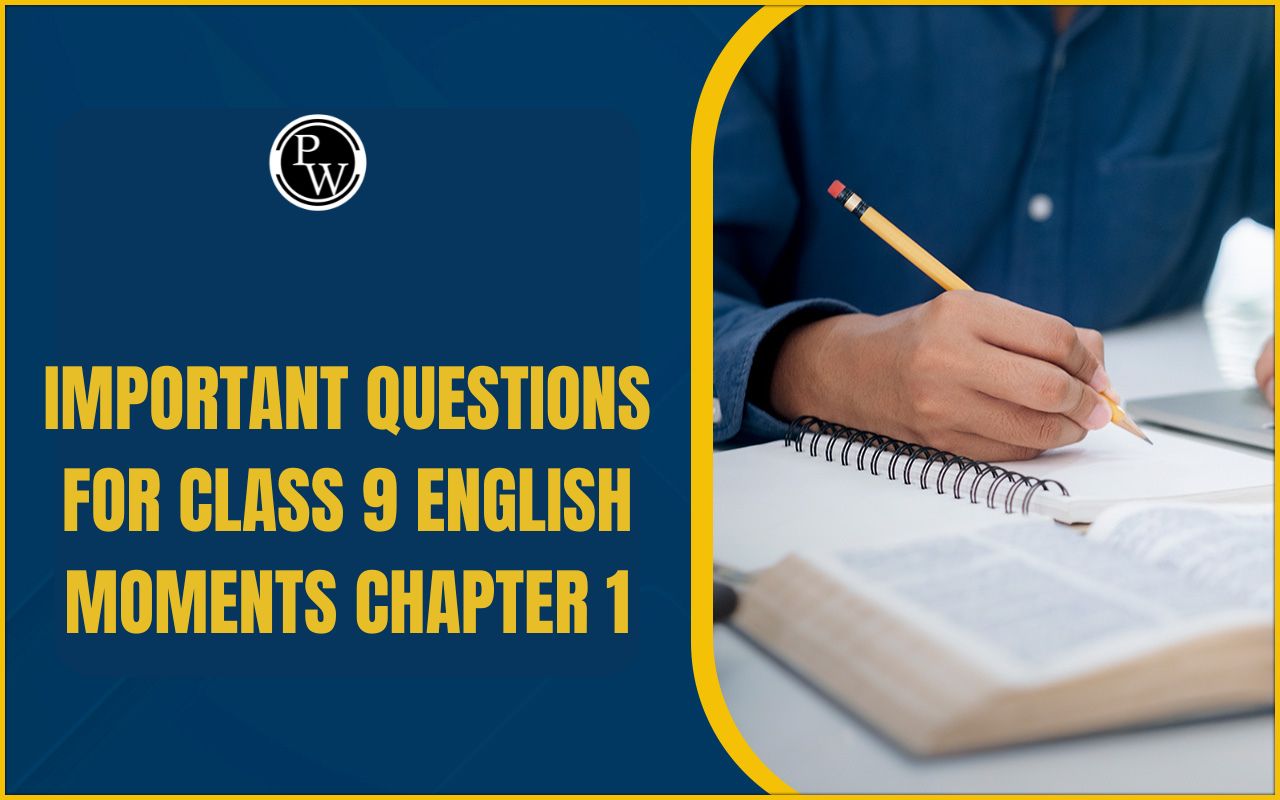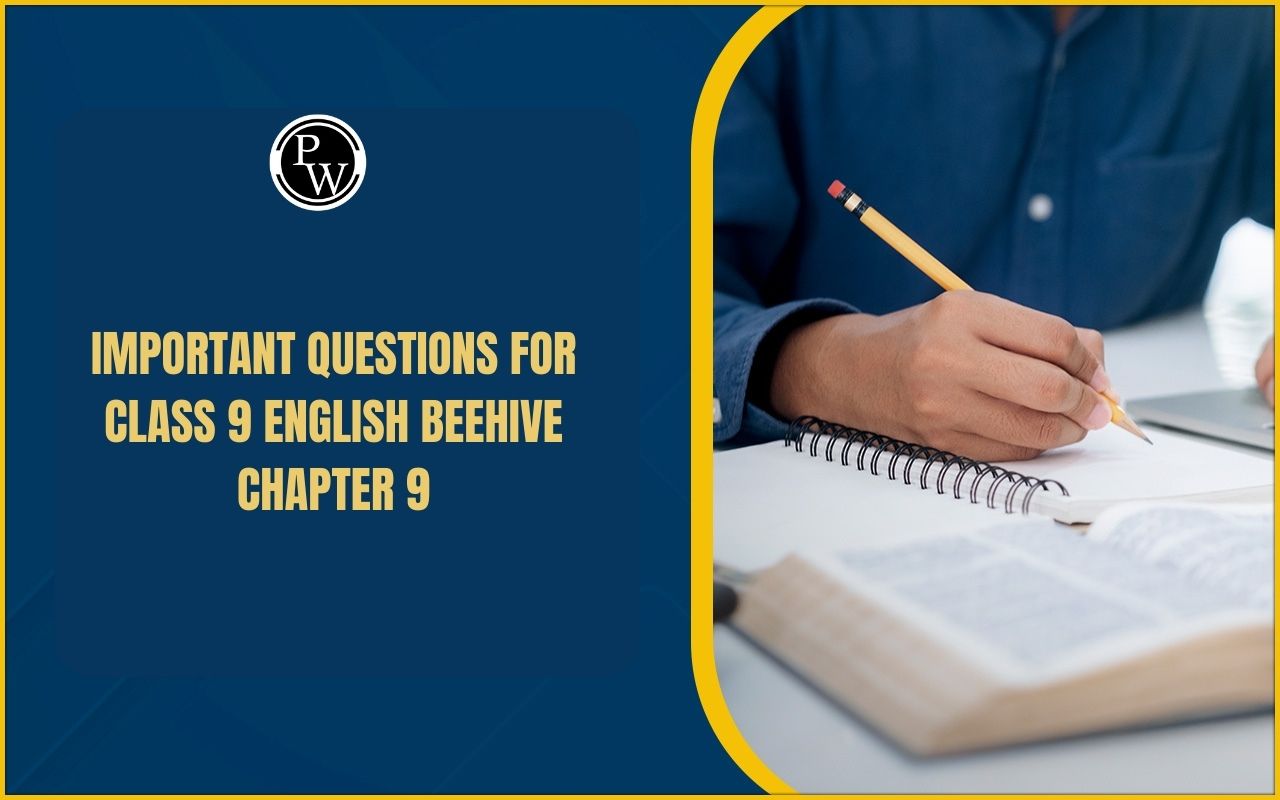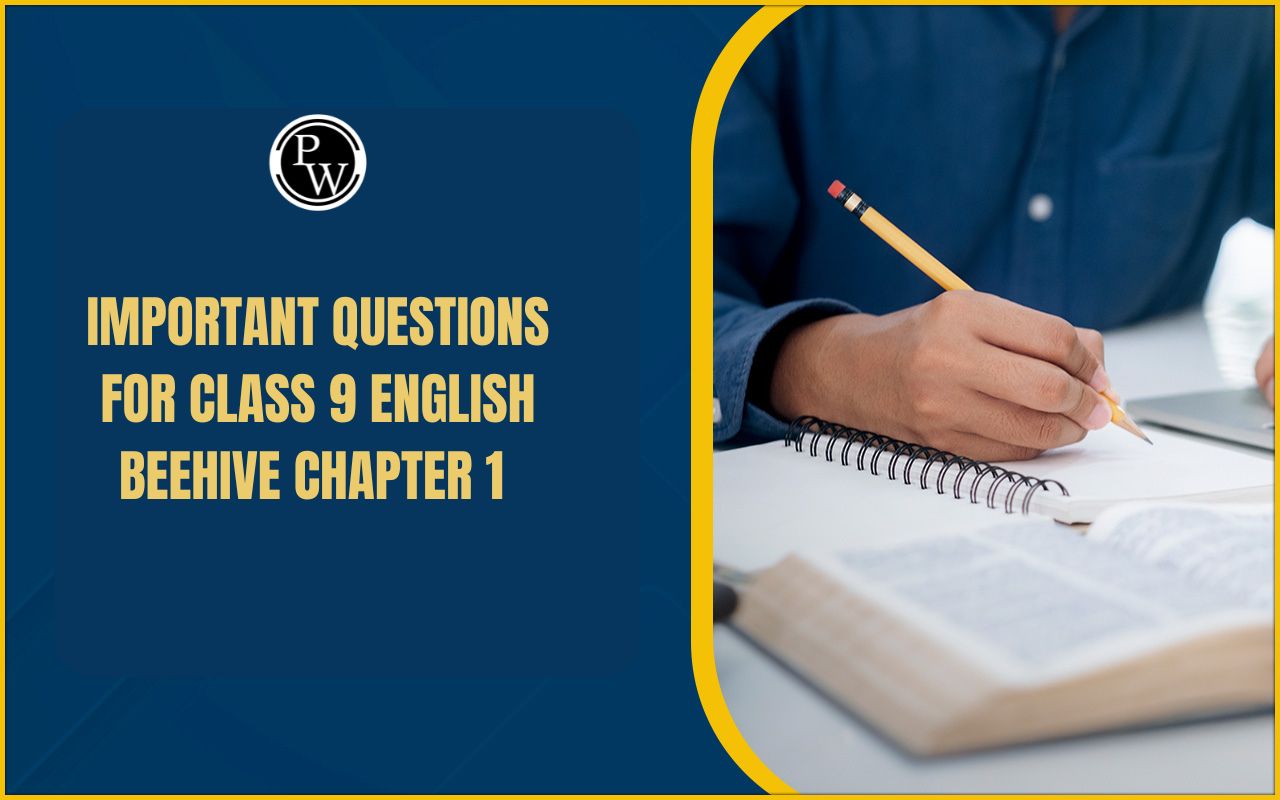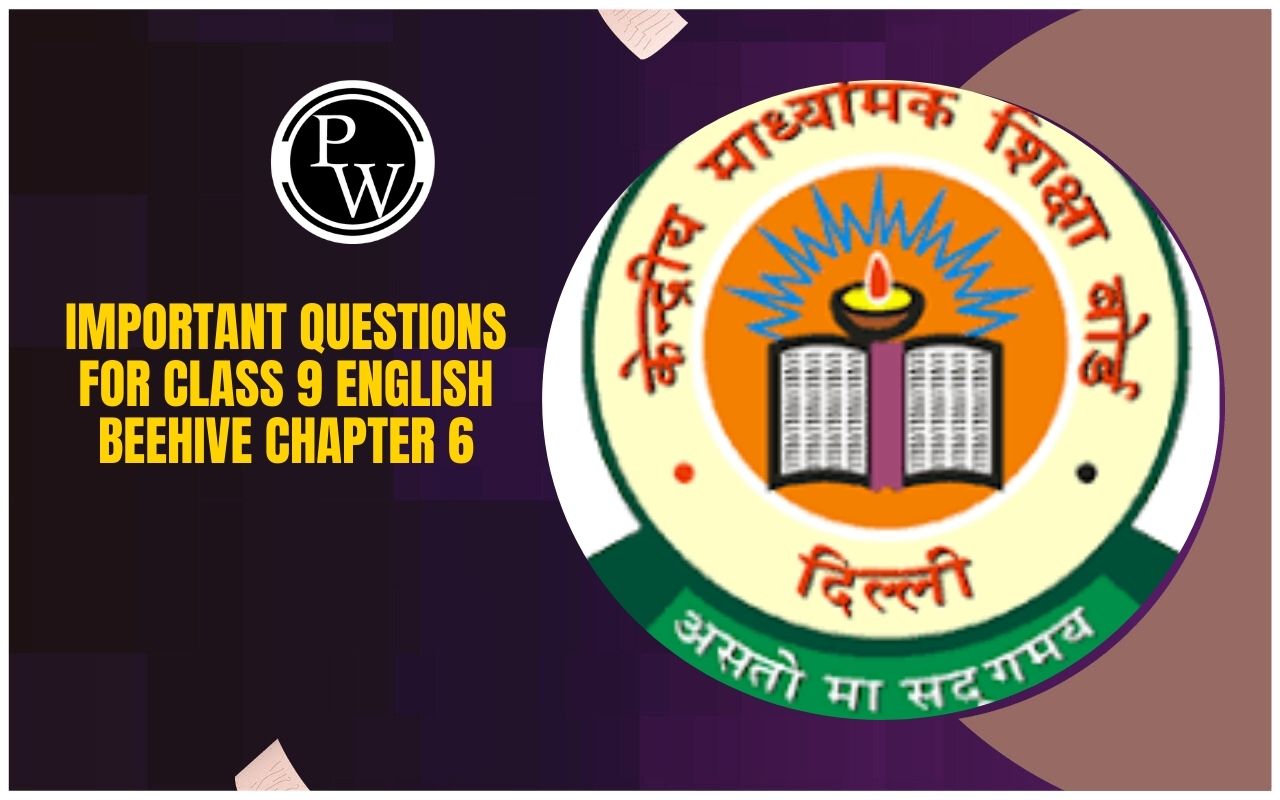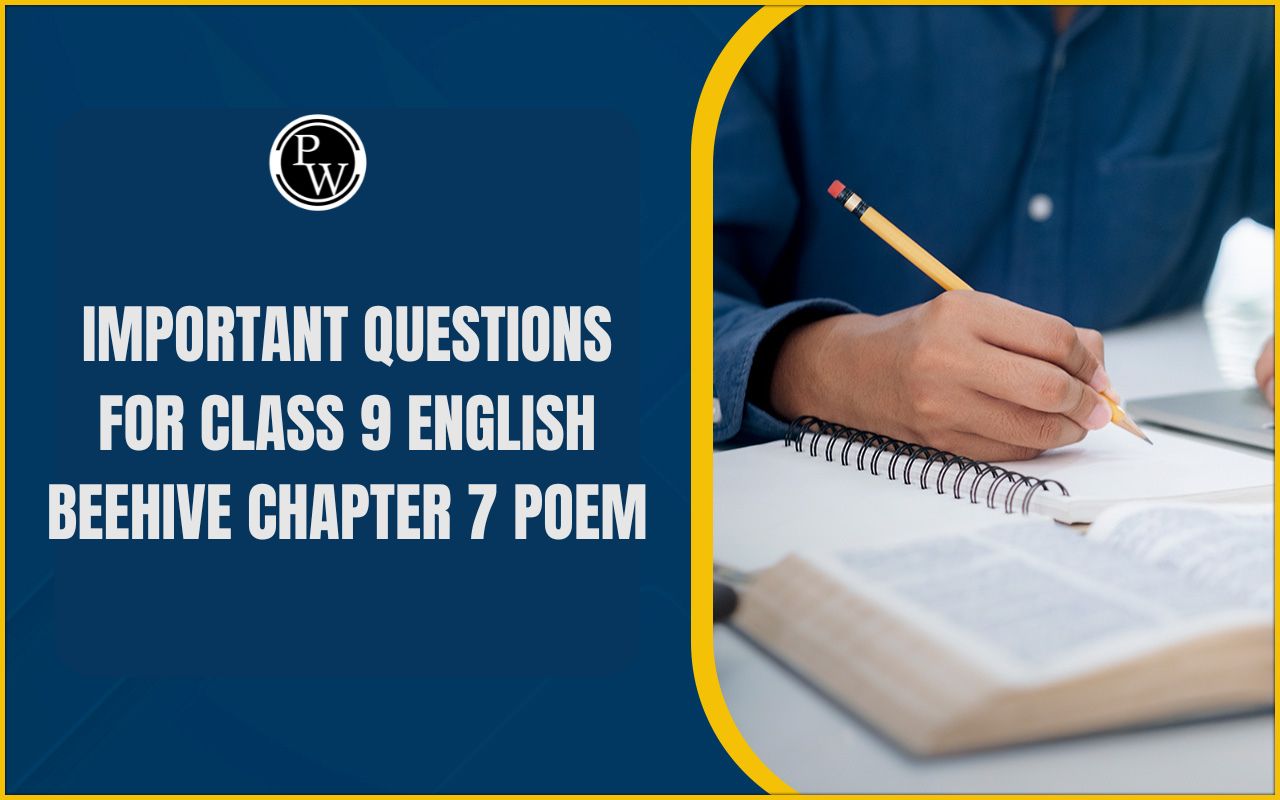

CBSE Class 9 English Beehive Notes Chapter 3: Chapter 3 of the Beehive textbook for CBSE Class 9 English is called The Little Girl by Katherine Mansfield. In this chapter, the story focuses on a little girl named Kezia and her difficult relationship with her father. It teaches lessons about fear, love, and understanding. The chapter is part of the syllabus to help students develop better reading and writing skills.
In the Class 9 English exam, you will face different types of questions like multiple-choice questions (MCQs), short answer questions, and long answer questions. The exam will test your understanding of the story, its characters, and its themes. To do well, students should focus on remembering key events in the chapter, understanding the characters’ feelings, and being able to explain the lessons learned from the story. This will help you prepare well for both school exams and the final board exams.
CBSE Class 9 English Beehive Notes Chapter 3 The Little Girl
Introduction: The Little Girl is the third chapter in the CBSE Class 9 English Beehive textbook. Written by Katherine Mansfield, this story explores the complex relationship between a young girl, Kezia, and her father. Through the lens of Kezia’s personal experiences, the story examines themes of fear, misunderstanding, and eventually love and empathy. As the story unfolds, Kezia’s perception of her father changes, shedding light on the importance of understanding and communication within family relationships.
Plot Summary: The Little Girl is a poignant tale that follows the emotional journey of Kezia, a little girl who lives with her parents and grandmother. Kezia is afraid of her father and views him as a strict and uncaring figure. She feels distant from him, as he rarely interacts with her in a kind or nurturing manner. This fear intensifies when she has to face him after she inadvertently tears up an important speech of his.
The Relationship Between Kezia and Her Father:
At the beginning of the story, Kezia’s fear of her father is apparent. He is portrayed as a stern and intimidating figure in her eyes. Kezia lives in constant dread of her father’s presence. She trembles with fear whenever he comes near, and often tries to avoid him. Her father’s demeanor, which is marked by harshness and discipline, leaves her feeling neglected and unloved.
To make matters worse, Kezia’s attempts to communicate or bond with her father are unsuccessful. Whenever she tries to talk to him, he either scolds her or shows no interest. He appears to be a distant figure in her life, and this causes Kezia a great deal of emotional turmoil. She feels neglected and misjudged, believing that her father simply does not care for her. She wishes to find some solace and love but doesn’t know how to approach him.
The Gift for Her Father:
In an attempt to bridge the gap between herself and her father, Kezia’s grandmother suggests that she make a gift for her father’s birthday. The grandmother believes that Kezia should understand her father better by performing a loving gesture. Kezia, though hesitant, agrees to make a pin cushion as a birthday gift for her father. She stitches the cushion carefully and decides to stuff it with scraps of paper that she finds in her mother’s bedroom.
Unbeknownst to Kezia, the papers she tears and uses to stuff the cushion are not just any scraps, but her father’s important speech for the Port Authority. When Kezia’s mother finds out about the damage, she is horrified, and Kezia’s father, in turn, is furious. Without listening to her explanation, he punishes her by hitting her palms with a ruler. Kezia is heartbroken and confused. She cannot understand why her father is angry with her when she only tried to make a gift for him.
Her punishment leaves her emotionally devastated. She is unable to reconcile her father’s actions with her perception of love and affection. This experience deepens Kezia’s fear and confusion regarding her father. She even begins to question why fathers exist if they only bring pain and fear to their children.
The Realization:
One of the pivotal moments in the story comes when Kezia observes Mr. Macdonald, a neighbor, playing with his children. This scene contrasts sharply with her own experience. Mr. Macdonald is shown to be affectionate, kind, and caring toward his children, which makes Kezia realize that not all fathers are the same. Some, like Mr. Macdonald, are loving and gentle, while others, like her own father, are distant and harsh.
A Change in Perspective:
The turning point in the story occurs when Kezia’s mother falls ill and is hospitalized. Her grandmother also goes along to help, leaving Kezia alone at home with her father. That night, Kezia experiences a terrifying nightmare. She dreams of a butcher holding a knife and a rope, coming closer with an evil smile. Terrified, Kezia wakes up to find that her father is standing beside her, offering comfort.
Kezia’s father reassures her and takes her to his bedroom, where he allows her to sleep in his bed. He tells her that she can rub her feet against his legs to keep warm, and this simple act of kindness brings Kezia immense comfort. She begins to feel safe in his presence for the first time and realizes that her father’s love for her has always been there, though it was expressed in a different manner.
Kezia now understands that her father is not as harsh and cruel as she had once believed. He had been under immense stress and fatigue from working hard to support the family. She comes to the realization that her father’s strictness stemmed from the pressures of his responsibilities, not from a lack of love. The realization makes Kezia appreciate her father more, and she feels a deep sense of love and respect for him.
Themes of the Story:
-
Fear and Misunderstanding: The story explores how fear can lead to misunderstanding, especially between parents and children. Kezia’s initial fear of her father clouds her judgment, preventing her from seeing his love and care for her.
-
Parental Love: The story emphasizes that parental love may not always be expressed in the ways children expect. Kezia’s father, though strict, loves her and works hard to provide for the family. The story illustrates that love can sometimes be misinterpreted by children, especially when they don’t fully understand the pressures their parents are under.
-
Empathy and Understanding: One of the key lessons of the story is the importance of understanding and empathy. Kezia learns to see her father in a new light, realizing that her earlier perceptions of him were shaped by fear and ignorance. This transformation in her perception highlights how empathy can strengthen relationships and create deeper emotional bonds.
-
Family Bond: The Little Girl also touches on the importance of family bonds. Despite her fear and misunderstandings, Kezia ultimately learns to appreciate her father. The story encourages family members to communicate openly and understand each other’s perspectives to foster love and support within the family.
Conclusion: The Little Girl by Katherine Mansfield is a story that highlights the complex emotional dynamics between children and parents. Through the character of Kezia, the story illustrates the misperceptions that can arise due to fear and misunderstanding, and how love and empathy can overcome such barriers. By the end of the story, Kezia’s relationship with her father transforms, demonstrating the importance of patience, understanding, and emotional connection in fostering healthy family relationships.
This chapter teaches readers a valuable lesson about looking beyond appearances, considering the struggles others might be facing, and fostering love and respect through empathy and communication. It encourages students to reflect on their own relationships with their parents and caregivers, promoting deeper understanding and appreciation.
CBSE Class 9 English Beehive Notes Chapter 3 PDF Download
You can download the complete PDF of CBSE Class 9 English Beehive Chapter 3 The Little Gir from below. This chapter, written by Katherine Mansfield, is available in the NCERT Beehive textbook for Class 9 English. The PDF includes the full text of the story, which is important for understanding the themes of fear, parental love, and emotional growth.
CBSE Class 9 English Beehive Notes Chapter 3 PDF
CBSE Class 9 English Beehive Notes Chapter 3 FAQs
Q.1 : What is the summary of The Little Girl?
Q.2 : Why does Kezia fear her father?
Q.3 : How does Kezia perception of her father change?
Q.4 : What lesson does the story teach?



